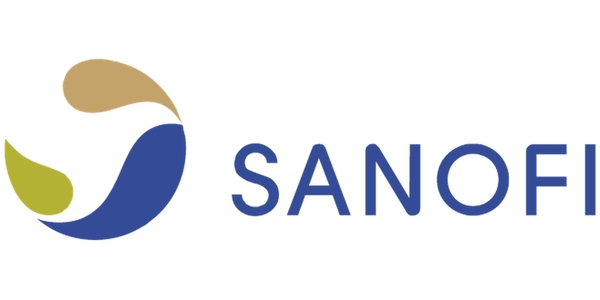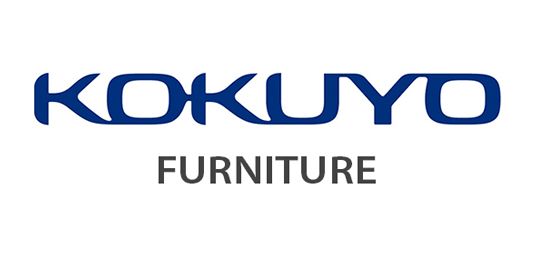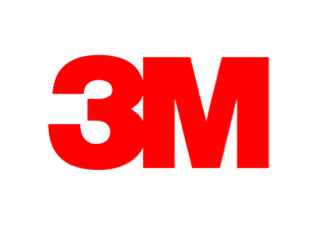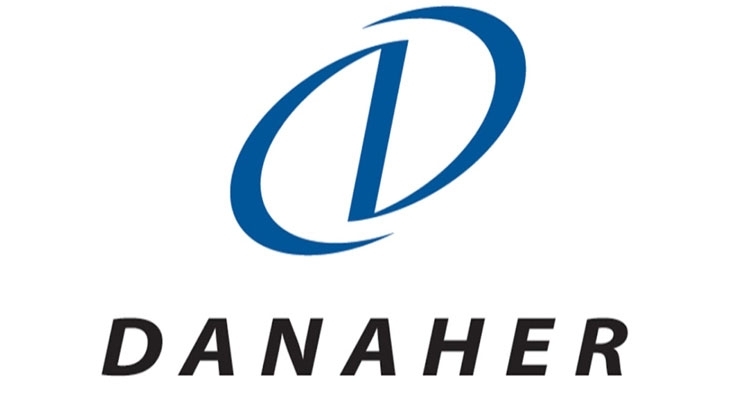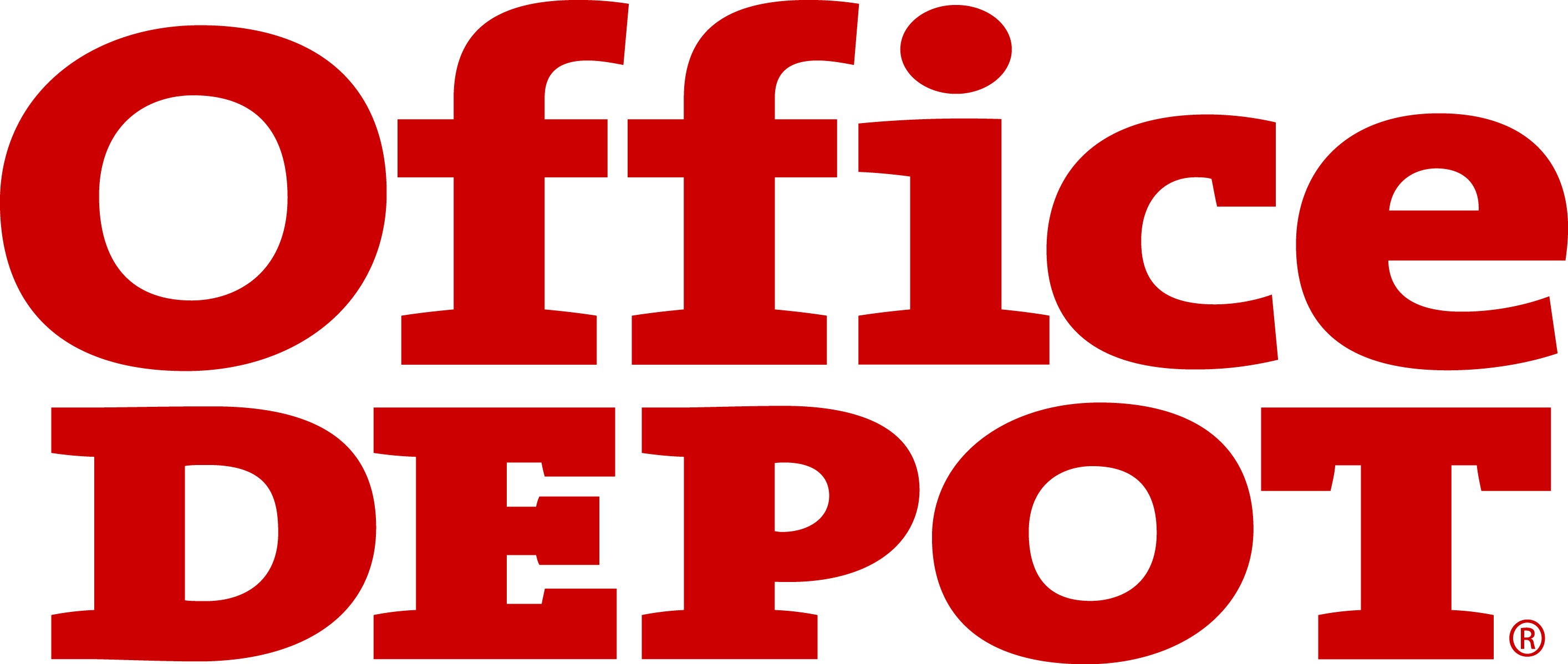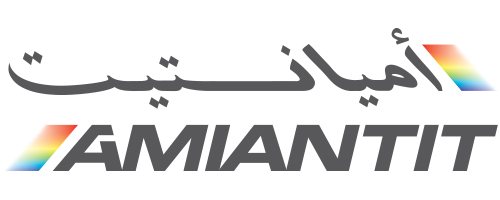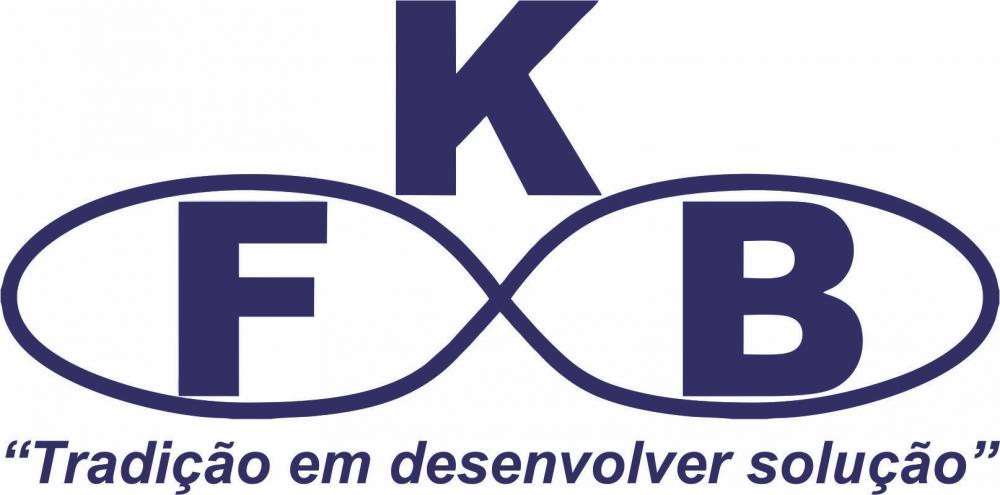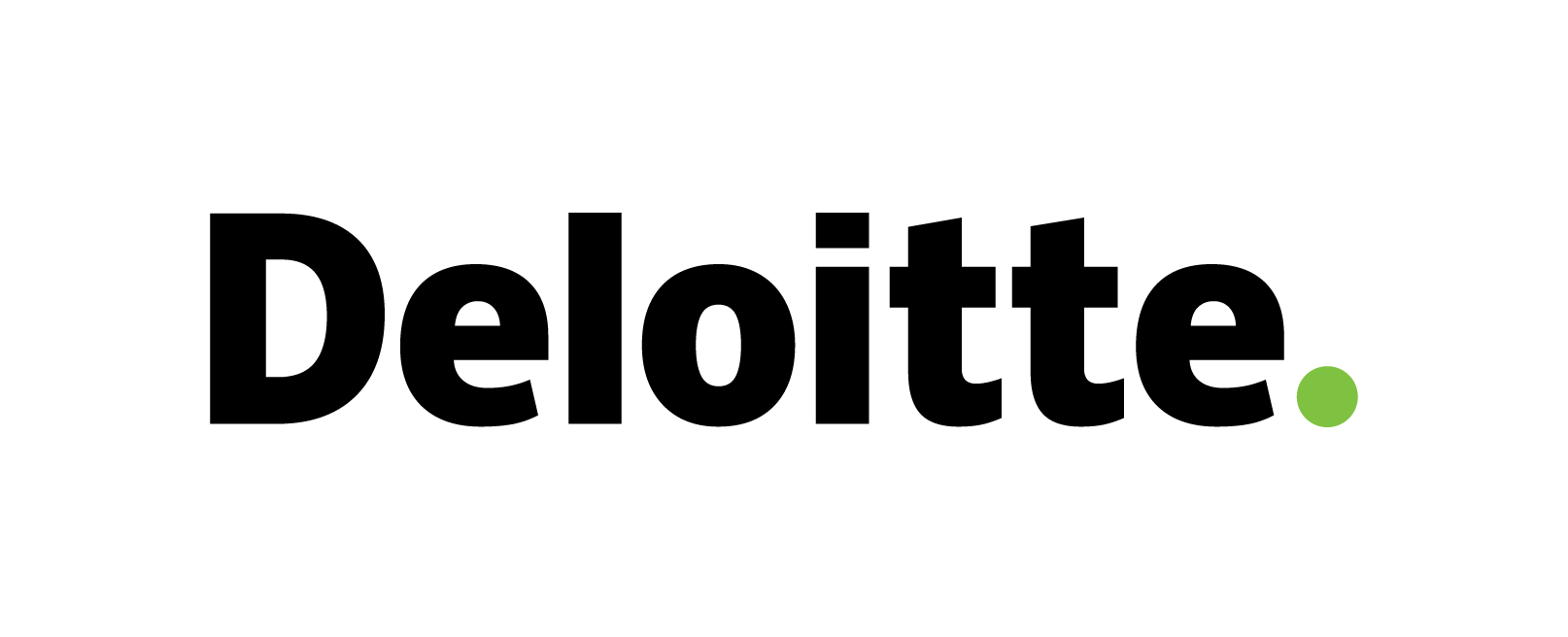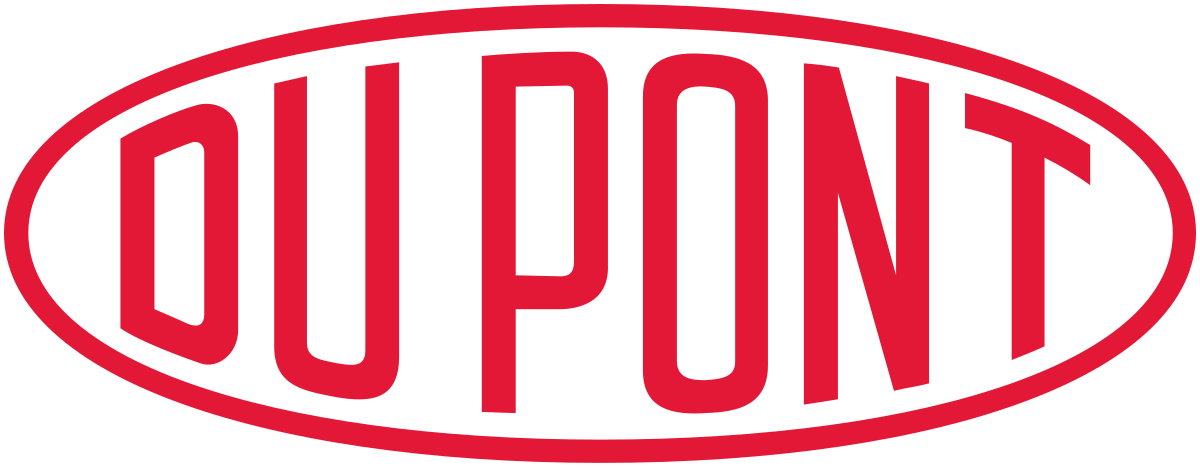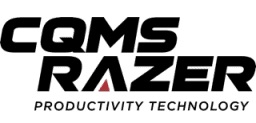Aircraft Cables Market: Global Size, Share, Trends, Growth and Forecast 2022-2032
Aircraft Cables Market: Overview and Definition
The global aircraft cables market size is expected to grow from USD 1.5 billion in 2021 to USD 2.8 billion in 2032, at a CAGR of 6.8% during the forecast period 2022-2032. Aircraft cables are flexible and thin wires used to transmit signals and electric power. They are fabricated with various metals such as copper alloys, stainless steel alloys and rubber to withstand high temperature and prevent corrosion. Generally, the thickness of aircraft cables is less than ¼ inch, but it has the ability to secure a plane in place. These cables ensure safety of the plane by preventing fire and flumes in electric system. Aircraft cables also helps in transferring high-speed data and are widely used in defense aircraft, civilian helicopter and commercial aircraft.
The aircraft cables market refers to the global industry that produces and distributes cables used in the aviation industry for various applications, such as control systems, landing gear, and power transmission. The market is driven by factors such as the growth of the aviation industry, increasing demand for lightweight and durable cables, and technological advancements in cable manufacturing. The market is expected to continue to grow in the coming years, driven by the increasing demand for air travel and the development of new aircraft models. However, the market also faces challenges such as intense competition, the high cost of manufacturing, and stringent regulatory requirements.
Aircraft Cables Market: Key Drivers
The aircraft cables market is primarily driven by the following factors:
Growth of the Aviation Industry: The increasing demand for air travel has led to the growth of the aviation industry, which in turn has increased the demand for aircraft cables.
Lightweight and Durable Cables: The need for lightweight and durable cables that can withstand the harsh environment of aviation has driven the demand for advanced materials and manufacturing technologies.
Technological Advancements: Advances in cable manufacturing technology have made it possible to produce cables with improved strength, durability, and reliability, which has increased their use in critical aircraft applications.
Increasing Use of Unmanned Aerial Vehicles (UAVs): The growing use of UAVs in military, commercial, and civil applications has increased the demand for specialized cables that can meet the unique requirements of these aircraft.
Government Regulations: Government regulations mandating the use of certified cables that meet safety and performance standards have driven the demand for high-quality aircraft cables.
With the growth in aviation industry around the world production of new aircrafts has increased. This has resulted into the increasing demand of aircraft cables during the forecast period. Also, over the past few years the number of passengers travelling by air has increased due to rising disposable income and low price of airline tickets that has resulted towards the growth of airline cable market. In addition, factors such as repairing of existing aircrafts and replacement of cables are also driving the growth of the market. Moreover, growing need of data processing system, higher resolution displays and increasing inflight entertainment facility are expected to fuel the growth of the aircraft cables market. However, lack of professionals for installing aircraft cables is one of the major factor expected to hamper the growth of the market. On the other hand, companies operating in aircraft cable market are investing in various R&D activities for the development of new product, which is also contributing towards the estimated growth of the aircraft cable market during the forecast period. For instance, in October 15, 2020 W.L. Gore & Associates had launched new high performance wire‘GWN3000’ for aircraft electrification. The wire offers high voltage solution and mechanical strength without increasing size of the air bundle. It also improves the operational readiness of the plane and deducts the impact of air transport on the environment.
However, due to COVID-19 outbreak many airlines have been affected and order backlog have been cancelled which hampers the growth of aircraft cable market. Production of aviation companies are disrupted and demand of commercial aviation is declined as the government had shut down air travelling and consumer delayed the aircraft delivery. This in turn disrupted the demand of aircraft cable and wire.
Aircraft Cables Market: Challenges
The aircraft cables market faces several challenges, including:
Intense Competition: The market is highly competitive, with many players offering similar products. This can lead to price pressures and reduced profit margins.
High Manufacturing Costs: The production of aircraft cables requires specialized materials, manufacturing processes, and quality control measures, which can lead to high production costs.
Stringent Regulatory Requirements: The aviation industry is highly regulated, and aircraft cables must meet strict safety and performance standards. Compliance with these standards can be time-consuming and expensive.
Impact of COVID-19: The COVID-19 pandemic has had a significant impact on the aviation industry, leading to reduced demand for aircraft cables and other aviation products.
Emerging Technologies: Emerging technologies, such as wireless systems and fiber optics, could potentially replace the need for traditional aircraft cables in some applications, leading to a reduction in demand for traditional cable products.
|
Aircraft Cables Market : Report Scope |
|
|
Base Year Market Size |
2021 |
|
Forecast Year Market Size |
2022-2032 |
|
CAGR Value |
6.8 % |
|
Segmentation |
|
|
Challenges |
|
|
Growth Drivers |
|
Aircraft Cables Market: Segmentation
By Platform Type
- Commercial Aircraft
- Regional Aircraft
- General Aviation
- Military Aircraft
- Helicopter
- Others
By Resin Type:
- Fluoropolymers
- Polymide
- Others
By Application:
- Power Transfer
- Data Transfer
- Flight Control System
- Avionics
- Others
By Region:
- North America
- Latin America
- Europe
- Asia Pacific
- Middle East & Africa
RESIN TYPE INSIGHT:
As per the resin type, the global aircraft cable market is divided into fluoropolymers, polymide, and others. Fluoropolymers segment is expected to hold a dominant share of the global aircraft cable market. This is mainly attributed to their extraordinary performance. They are engineered for high performance electrical insulation. It ensures high performance and flexibility in terms of chemical and electrical resistance at low and high temperatures (-200 ÷ 300 °C). Also, they are chemically inert, along with the properties such as low coefficient of friction, low dielectric constant, and excellent FST property. The aforementioned features primarily drives growth of the fluoropolymers segment.
APPLICATION INSIGHT:
As per the applications, the global aircraft cable market is categorized into power transfer, data transfer, flight control system, avionics, and others. Power transfer segment is expected to hold a dominant share of the global aircraft cable market. However, the avionics segment is anticipated to experience critical growth rate during the forecast period due to prolonged impact of the pandemic and the slow long-term recovery. In recent years, the aircraft cable market is witnessing a gradual shift towards wireless avionics as well as flight control systems.
Moreover, the data transfer segment is projected to witness highest growth rate during the forecast period. This is mainly attributed to the rising demand to ensure high volumes of critical content are downloaded/uploaded instantly.
Aircraft Cables Market: Regional Synopsis
North America is likely to be the most profitable region in the aircraft cable market during the forecast period. This is attributed to the presence of major aircraft manufacturers in the region such as Boeing, Aerion and Piper. Also, growing MRO budget and increasing demand of air cables from defense aircrafts are factors expected to propel the market growth in this region. Moreover, rising need of efficient avionics network and cabin management system are also prompting the growth of aircraft cable market in this region during the forecast period.
Aircraft Cables Market: Recent Developments
Here are some recent developments in the aircraft cables market:
Use of Carbon Nanotubes: Carbon nanotubes are being used in the manufacturing of aircraft cables to enhance their strength and durability, and reduce their weight.
Increase in Demand for Fiber Optic Cables: There has been an increase in demand for fiber optic cables in the aviation industry, as they offer faster data transfer rates and better resistance to electromagnetic interference.
Growing Demand for Unmanned Aerial Vehicles (UAVs): The growing use of UAVs in various applications has led to an increase in demand for specialized cables that can withstand the unique operating conditions of these aircraft.
Investment in Research and Development: Many companies in the aircraft cables market are investing in research and development to develop new materials and manufacturing processes that can improve the performance and reduce the cost of their products.
Impact of COVID-19: The COVID-19 pandemic has had a significant impact on the aircraft cables market, leading to disruptions in the supply chain and reduced demand for aviation products, including cables. However, the market is expected to recover in the coming years as the aviation industry rebounds.
Aircraft Cables Market: Key Players
- Nexans S.A.
- TE Connectivity
- Judd Wire, Inc.
- Draka (Prysmian)
- W.L. Gore & Associates
- Radiall
- Carlisle Companies, Inc.

Need Customized Report for Your Business ?
Utilize the Power of Customized Research Aligned with Your Business Goals
Request for Customized Report- Quick Contact -
- ISO Certified Logo -



